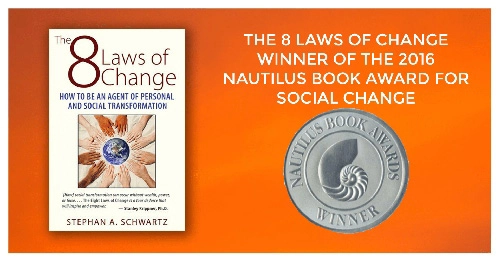
Actor Macaulay Culkin, left, speaks to the media before the premiere of “Richie Rich” at the Mann’s Bruin Theater in Los Angeles, Ca., Saturday, Dec. 17, 1994. Looking on are co-stars Stephi Lineburg, center, and Michael Maccarone.
Credit: Chris Pizzello/AP
In the 1994 movie adaptation of the comic book Richie Rich, Macaulay Culkin plays a boy whose immense wealth keeps him having from a normal, friend-filled childhood. The movie’s happy ending—Richie ditches his stuffy prep-school milieu and becomes rich in friendship with some middle-class kids from the sandlot—points to a reassuring PG-movie morality.
However, according to a new study in Social Psychological and Personality Science, it may actually be high earnings that bestow Americans with the ability to spend more time with friends. Using the results of the General […]
 Some of the consequences of white America’s opiate epidemic—a topic that has been widely explored by media outlets and social scientists—are still coming to light. Opioid use and addiction have exploded in predominantly white communities around the country, and 90 percent of new heroin users over the last decade are white. The vast majority of those users—75 percent—first used prescription painkillers, which are prescribed to African-Americans and Hispanics with far less frequency, thanks to racial biases in medicine. Among the overwhelmingly white majority of new heroin users, the number of women doubled. That fact has specific implications for white women, particularly those of the rural working class, that come down to life and death.
Some of the consequences of white America’s opiate epidemic—a topic that has been widely explored by media outlets and social scientists—are still coming to light. Opioid use and addiction have exploded in predominantly white communities around the country, and 90 percent of new heroin users over the last decade are white. The vast majority of those users—75 percent—first used prescription painkillers, which are prescribed to African-Americans and Hispanics with far less frequency, thanks to racial biases in medicine. Among the overwhelmingly white majority of new heroin users, the number of women doubled. That fact has specific implications for white women, particularly those of the rural working class, that come down to life and death.
According to the Centers for Disease Control, in the single year between 2013 and 2014, the life expectancy of white American women fell approximately one month, from 81.2 to 81.1 years. That decline is better understood not merely as a fraction of a year but as a contributor to almost a decade and a half of truncating white American female lives. A 2015 […]

Credit: Phil Roeder.
The dark days for Valeant Pharmaceuticals (NYSE: VRX) continued on Wednesday 28 April, with outgoing CEO J. Michael Pearson testifying before the Senate Special Committee on Aging regarding his company’s drug pricing practices — most notably regarding cardiovascular products Nitropress and Isuprel, which were acquired in February 2015 and subsequently had their prices increased by 525% and 212%, respectively.
Pearson’s prepared testimony before the Senate Committee read as a mea culpa, expressing regret for the way Valeant aggressively priced its products post-acquisition:
“Let me state plainly that it was a mistake to pursue, and in hindsight I regret pursuing, transactions where a central premise was a planned increase in the price of the medicines… In retrospect, we relied too heavily on the industry practice of increasing the price of brand name drugs in the months before generic entry.” (emphasis added)
Pearson added, “[A]nd so I recognize that we therefore need to work to regain the confidence of Congress, the public, doctors, and patients.”
While suggesting that Valeant’s pricing strategy may not have been in the best […]










